Description
In the current validation example, we investigate wind force coefficient (Cf) of cube shapes with EN 1991-1-4 [1]. There are three dimensional cases that we will explain more about if in the next part.
One of the important points in the CFD simulation is to find precise and compatible configurations regarding input data such as turbulence models, wind velocity profile, turbulence intensity, boundary layer condition, order of discretization, and so on, which the numerical details are not mentioned in Eurocode. In the current example for cubic shape, we recommend compatible settings regarding the Eurocode standard. As can be seen in EN 1991-1-4, there are different tables and diagrams for static calculation of wind load.
Analytical Solution
There are three dimensional categories for cube shape due to the ratio of h/d as shown in figure 1 (Eurocode Table 7.1). The input data for each dimensional case is considered based on Table 1.
For the first case, we consider high rise cube shape (h/d=5) regarding the input data which is shown in the following table:
| Dimensional Ratio: h/d=5 | |||
| Wind Velocity | V | 30 | m/s |
| Height | h | 50 | m |
| Depth | d | 10 | m |
| Width | b | 12 | m |
| The Solidity Ratio (Eq. 7.28, EN 1991-1-4) | φ | 1 | - |
| The Effective Slenderness (Table 7.16, EN 1991-1-4) | λ | 5.83 | - |
| End-effect Factor (Fig. 7.36, EN 1991-1-4) | ψλ | 0.68 | - |
| Reduction factor (Fig. 7.24, EN 1991-1-4) | ψr | 1 | - |
| Force Coefficient Without Free-End Flow (Fig. 7.23, EN 1991-1-4) | Cf,0 | 2.30 | - |
| Force Coefficient (Eq. 7.9, EN 1991-1-4) | Cf | 1.564 | - |
| Air Density - RWIND | ρ | 1.25 | kg/m3 |
| Turbulence Model - RWIND | Steady RANS k-ω SST | - | - |
| Kinematic Viscosity (Equation 7.15, EN 1991-1-4) - RWIND | ν | 1.5*10-5 | m2/s |
| Scheme Order - RWIND | Second | - | - |
| Residual Target Value - RWIND | 10-5 | - | - |
| Residual Type - RWIND | Pressure | - | - |
| Minimum Number of Iterations - RWIND | 800 | - | - |
| Boundry Layer - RWIND | NL | 10 | - |
| Type of Wall Function - RWIND | Enhanced / Blended | - | - |
| Turbulence Intensity (Best Fit) - RWIND | I | 15% | - |
For the next case, we consider middle rise cube shape (h/d=1) due to the input data which is shown in the following table:
| Dimensional Ratio: h/d=1 | |||
| Wind Velocity | V | 30 | m/s |
| Height | h | 10 | m |
| Depth | d | 10 | m |
| Width | b | 12 | m |
| The Solidity Ratio (Eq. 7.28, EN 1991-1-4) | φ | 1 | - |
| The Effective Slenderness (Table 7.16, EN 1991-1-4) | λ | 1.66 | - |
| End-effect Factor (Fig. 7.36 , EN 1991-1-4) | ψλ | 0.62 | - |
| Reduction factor (Fig. 7.24, EN 1991-1-4) | ψr | 1 | - |
| Force Coefficient Without Free-End Flow (Fig. 7.23, EN 1991-1-4) | Cf,0 | 2.30 | - |
| Force Coefficient (Eq. 7.9, EN 1991-1-4) | Cf | 1.426 | - |
| Air Density - RWIND | ρ | 1.25 | kg/m3 |
| Turbulence Model - RWIND | Steady RANS k-ω SST | - | - |
| Kinematic Viscosity (Equation 7.15, EN 1991-1-4) - RWIND | ν | 1.5*10-5 | m2/s |
| Scheme Order - RWIND | Second | - | - |
| Residual Target Value - RWIND | 10-5 | - | - |
| Residual Type - RWIND | Pressure | - | - |
| Minimum Number of Iterations - RWIND | 800 | - | - |
| Boundry Layer - RWIND | NL | 10 | - |
| Type of Wall Function - RWIND | Enhanced / Blended | - | - |
| Turbulence Intensity (Best Fit) - RWIND | I | 7.5% | - |
For the last case, short rise cube is considered shape (h/d=0.25) due to the input data which is shown in the following table:
| Dimensional Ratio: h/d=0.25 | |||
| Wind Velocity | V | 30 | m/s |
| Height | h | 2.50 | m |
| Depth | d | 10 | m |
| Width | b | 2.50 | m |
| The Solidity Ratio (Eq. 7.28, EN 1991-1-4) | φ | 1 | - |
| The Effective Slenderness (Table 7.16, EN 1991-1-4) | λ | 2 | - |
| End-effect Factor (Fig. 7.36 , EN 1991-1-4) | ψλ | 0.63 | - |
| Reduction factor (Fig. 7.24, EN 1991-1-4) | ψr | 1 | - |
| Force Coefficient Without Free-End Flow (Fig. 7.23, EN 1991-1-4) | Cf,0 | 1.20 | - |
| Force Coefficient (Eq. 7.9, EN 1991-1-4) | Cf | 0.756 | - |
| Air Density - RWIND | ρ | 1.25 | kg/m3 |
| Turbulence Model - RWIND | Steady RANS k-ω SST | - | - |
| Kinematic Viscosity (Equation 7.15, EN 1991-1-4) - RWIND | ν | 1.5*10-5 | m2/s |
| Scheme Order - RWIND | Second | - | - |
| Residual Target Value - RWIND | 10-5 | - | - |
| Residual Type - RWIND | Pressure | - | - |
| Minimum Number of Iterations - RWIND | 800 | - | - |
| Boundry Layer - RWIND | NL | 10 | - |
| Type of Wall Function - RWIND | Enhanced / Blended | - | - |
| Turbulence Intensity (Best Fit) - RWIND | I | 15% | - |
Results
The results of the wind force coefficient are obtained with different dimensional ratios and different turbulence intensities. For the first case which is high rise cube shape (h/d=5), the value of Cf is shown in the following table:
| Turbulence Intensity (%) (h/d=5) | Fd (N) | ρ (kg/m3) | u (m/s) | A (m2) | Cf |
| 1.00 - RWIND | 498829 | 1.25 | 30 | 600 | 1.478 |
| 5.00 - RWIND | 518278 | 1.25 | 30 | 600 | 1.536 |
| 7.50 - RWIND | 521515 | 1.25 | 30 | 600 | 1.545 |
| 10.00 - RWIND | 520397 | 1.25 | 30 | 600 | 1.542 |
| 15.00 - RWIND | 525011 | 1.25 | 30 | 600 | 1.556 |
| 20.00 - RWIND | 533059 | 1.25 | 30 | 600 | 1.579 |
| 25.00 - RWIND | 543164 | 1.25 | 30 | 600 | 1.609 |
| Eurocode | - | - | - | - | 1.564 |
For the second case which is middle rise cube shape (h/d=1), the value of Cf is showed in the following table:
| Turbulence Intensity (%) (h/d=1) | Fd (N) | ρ (kg/m3) | u (m/s) | A (m2) | Cf |
| 1.00 - RWIND | 97148 | 1.25 | 30 | 120 | 1.439 |
| 5.00 - RWIND | 95497 | 1.25 | 30 | 120 | 1.415 |
| 7.50 - RWIND | 96420 | 1.25 | 30 | 120 | 1.428 |
| 10.00 - RWIND | 96453 | 1.25 | 30 | 120 | 1.429 |
| 15.00 - RWIND | 96666 | 1.25 | 30 | 120 | 1.432 |
| 20.00 - RWIND | 91027 | 1.25 | 30 | 120 | 1.349 |
| 25.00 - RWIND | 89827 | 1.25 | 30 | 120 | 1.331 |
| Eurocode | - | - | - | - | 1.426 |
For the last case which is low rise cube shape (h/d=0.25), the value of Cf is showed in the following table:
| Turbulence Intensity (%) (h/d=0.25) | Fd (N) | ρ (kg/m3) | u (m/s) | A (m2) | Cf |
| 1.00 - RWIND | 2711 | 1.25 | 30 | 6.25 | 0.771 |
| 5.00 - RWIND | 2692 | 1.25 | 30 | 6.25 | 0.766 |
| 7.50 - RWIND | 2671 | 1.25 | 30 | 6.25 | 0.760 |
| 10.00 - RWIND | 2667 | 1.25 | 30 | 6.25 | 0.759 |
| 15.00 - RWIND | 2650 | 1.25 | 30 | 6.25 | 0.754 |
| 20.00 - RWIND | 2662 | 1.25 | 30 | 6.25 | 0.757 |
| 25.00 - RWIND | 2630 | 1.25 | 30 | 6.25 | 0.748 |
| Eurocode | - | - | - | - | 0.756 |
Conclusion
The results show a very good agreement between the wind force coefficient of RWIND and Eurocode wind standard. Based on the results, the recommended value of turbulence intensity is specified for different dimensional ratios. The turbulence intensity between 7.5% to 15% shows better performance in predicting wind force coefficient. The another important point is the size of the wind tunnel which the default wind tunnel size was used for the first two cases, but for the last case (h/d=0.25), the modified wind tunnel size shows better results.
Also, the Cube model with recommended settings is available to download here:




























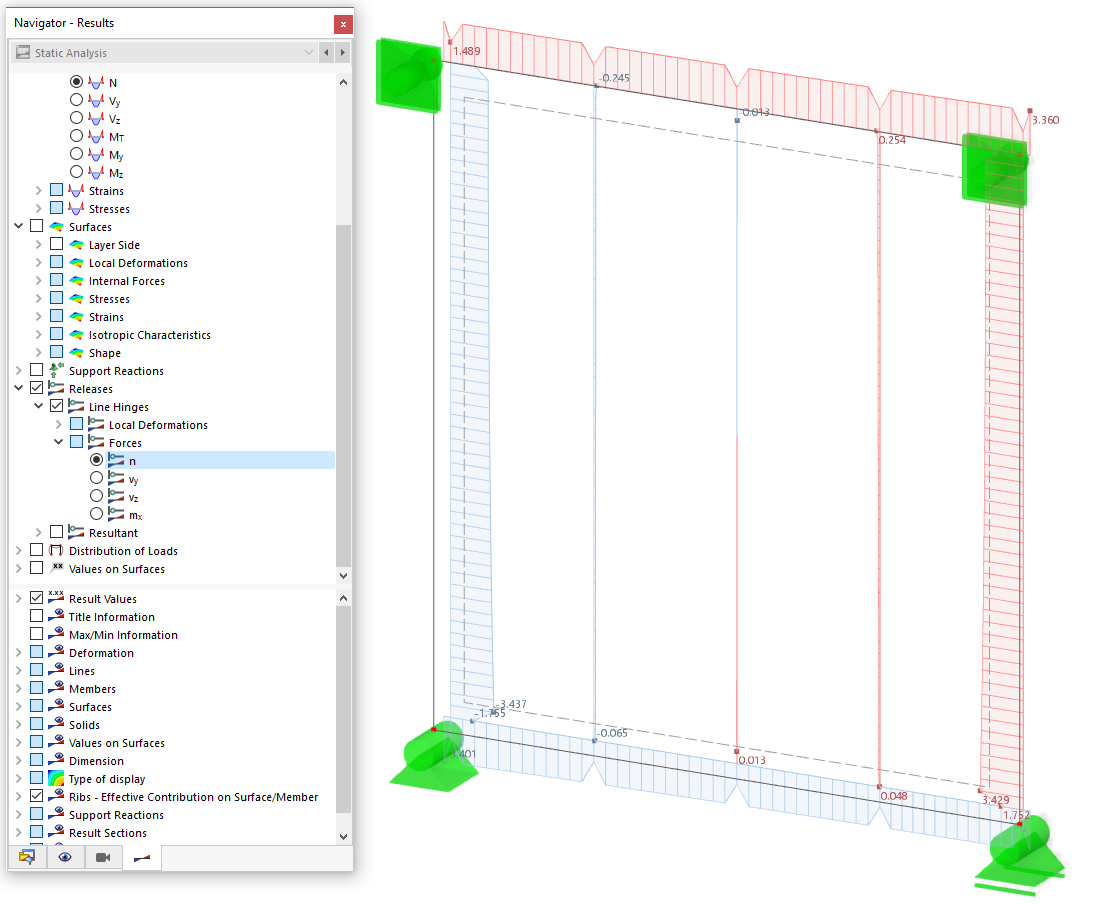

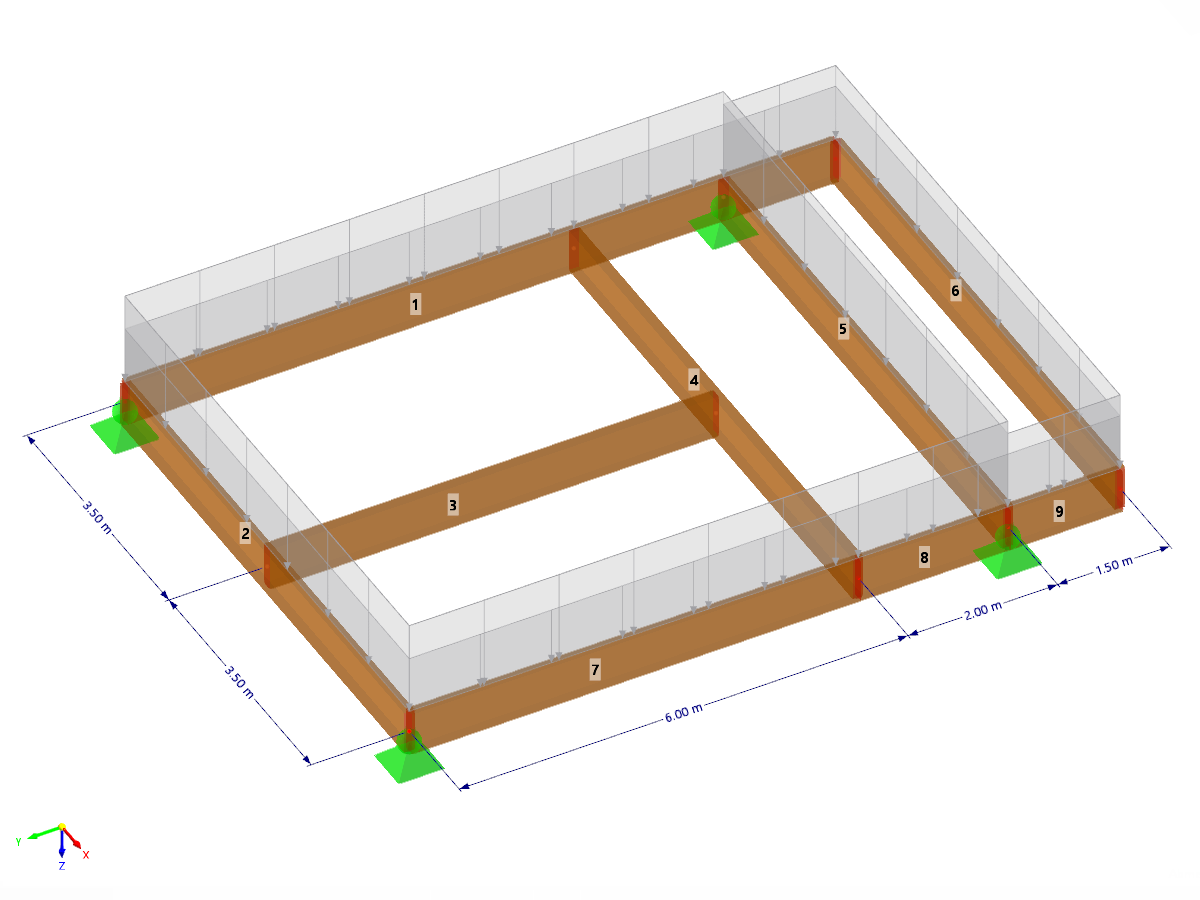







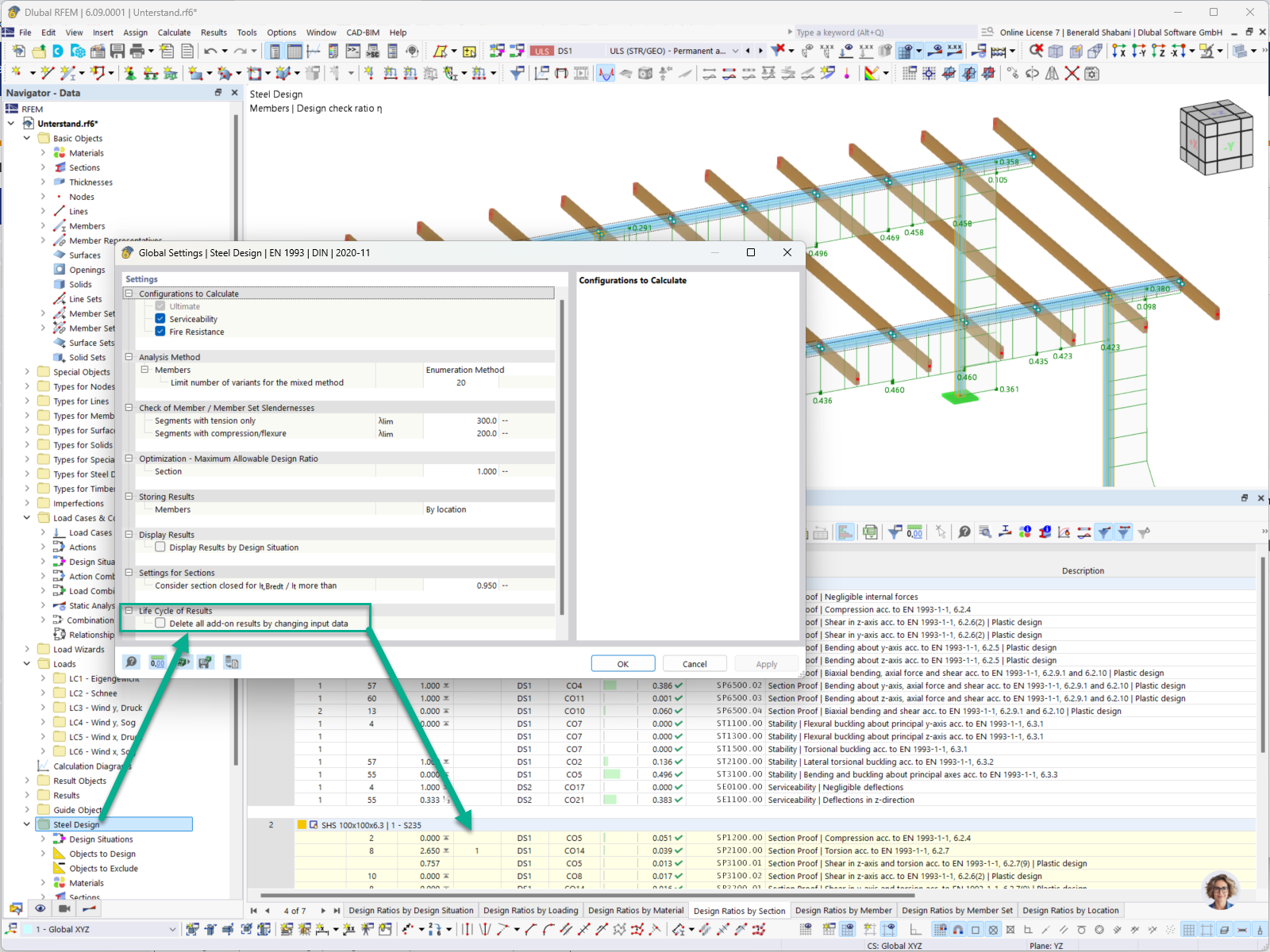
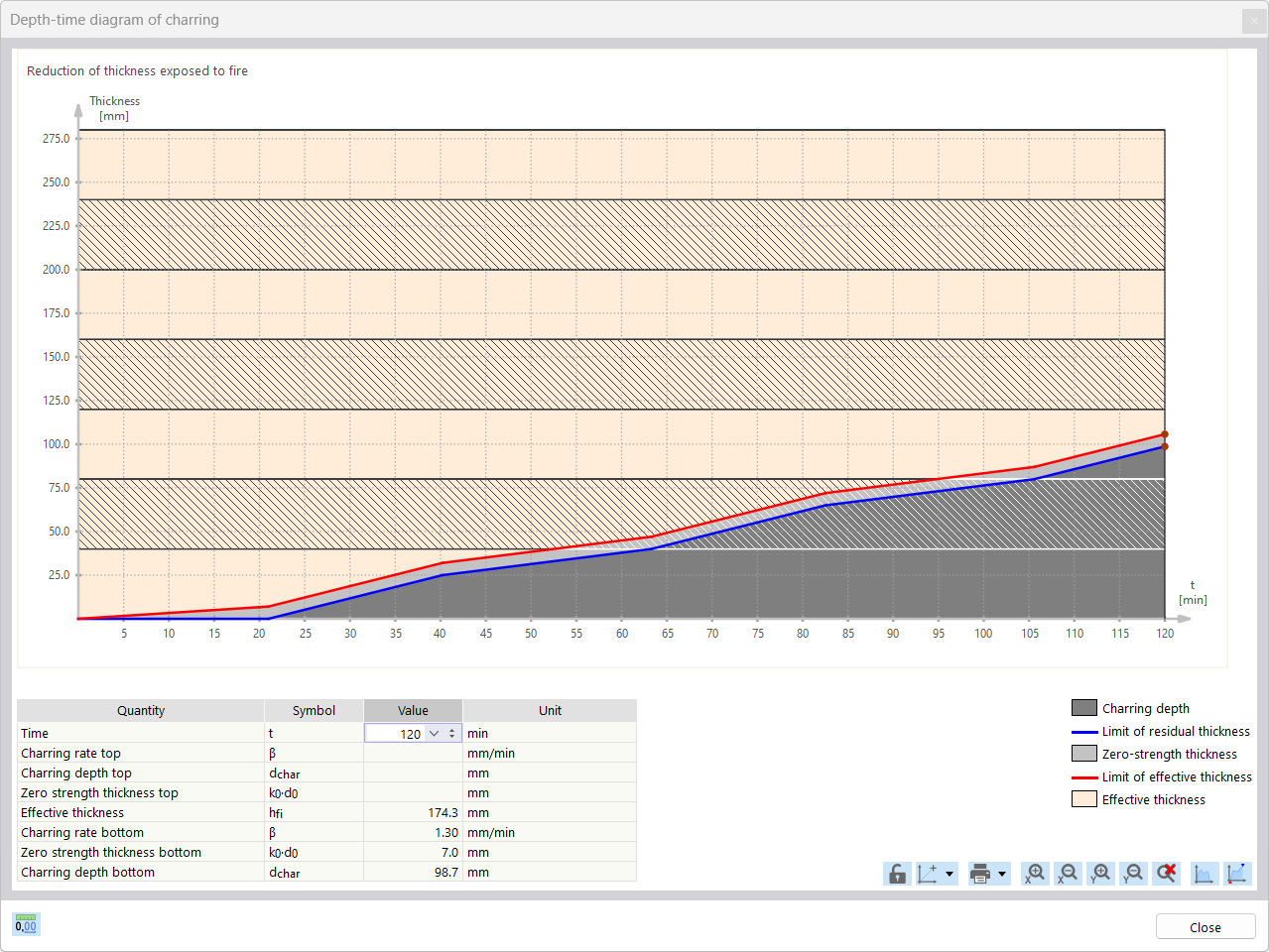

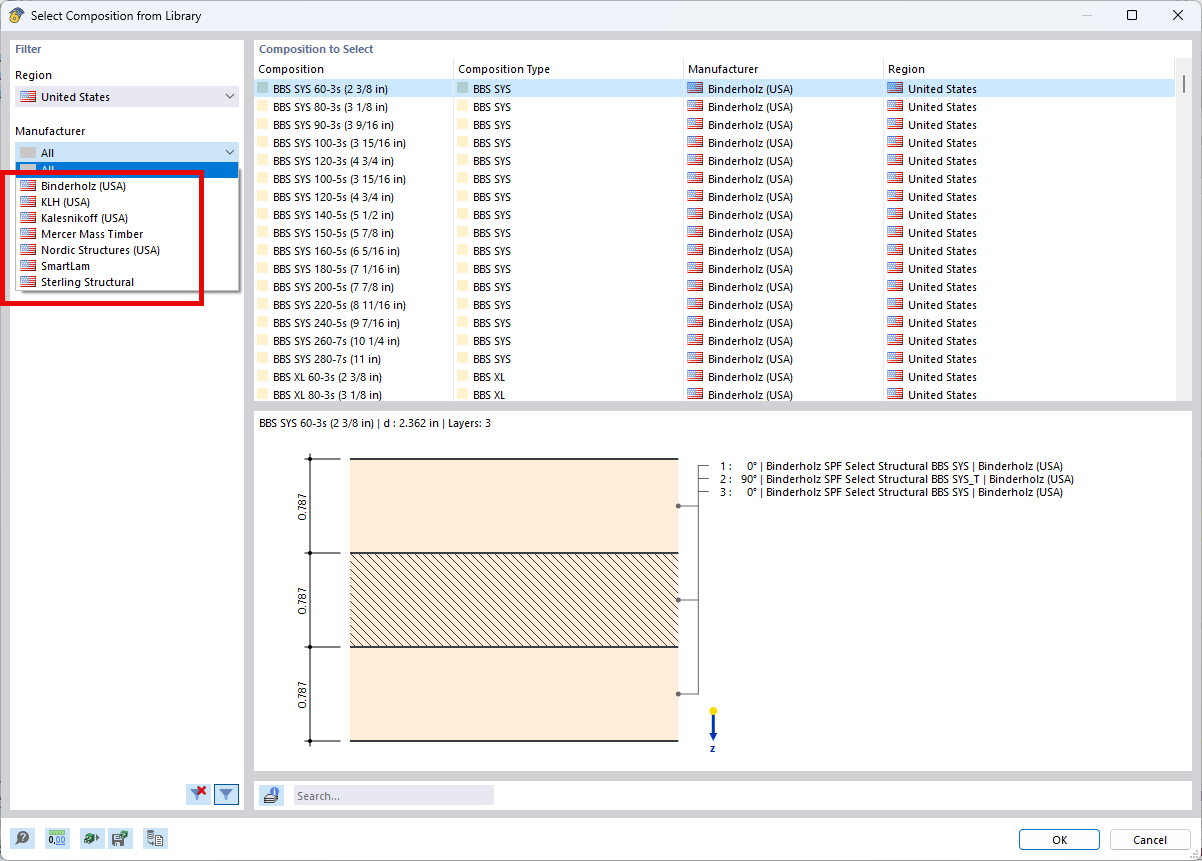.png?mw=512&hash=4e74affa9ad0c7b703151c5085ac9b8e59171c23)





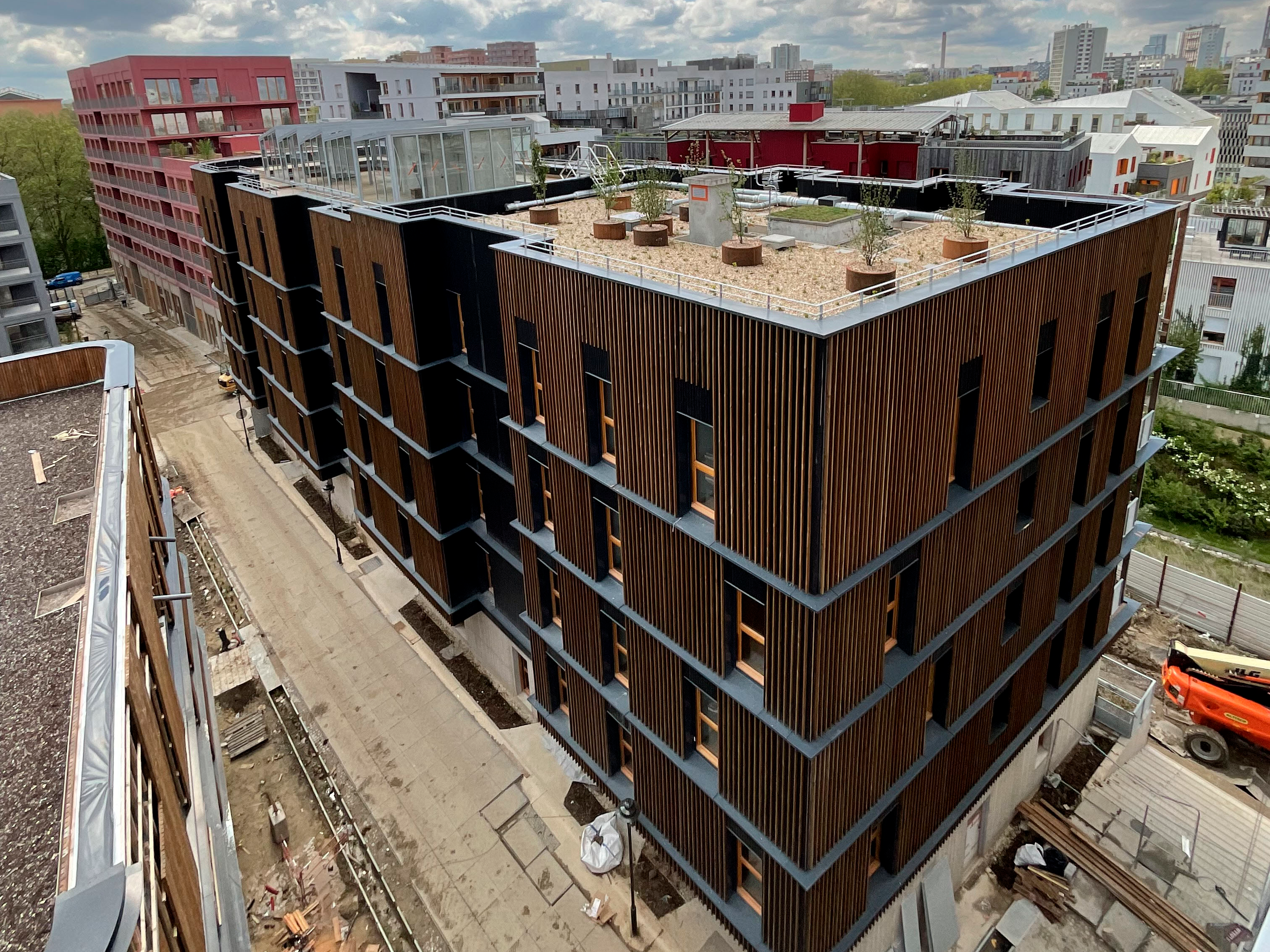.png?mw=350&hash=87067b88e84e78e23f7a538dec586f8442297bd4)










